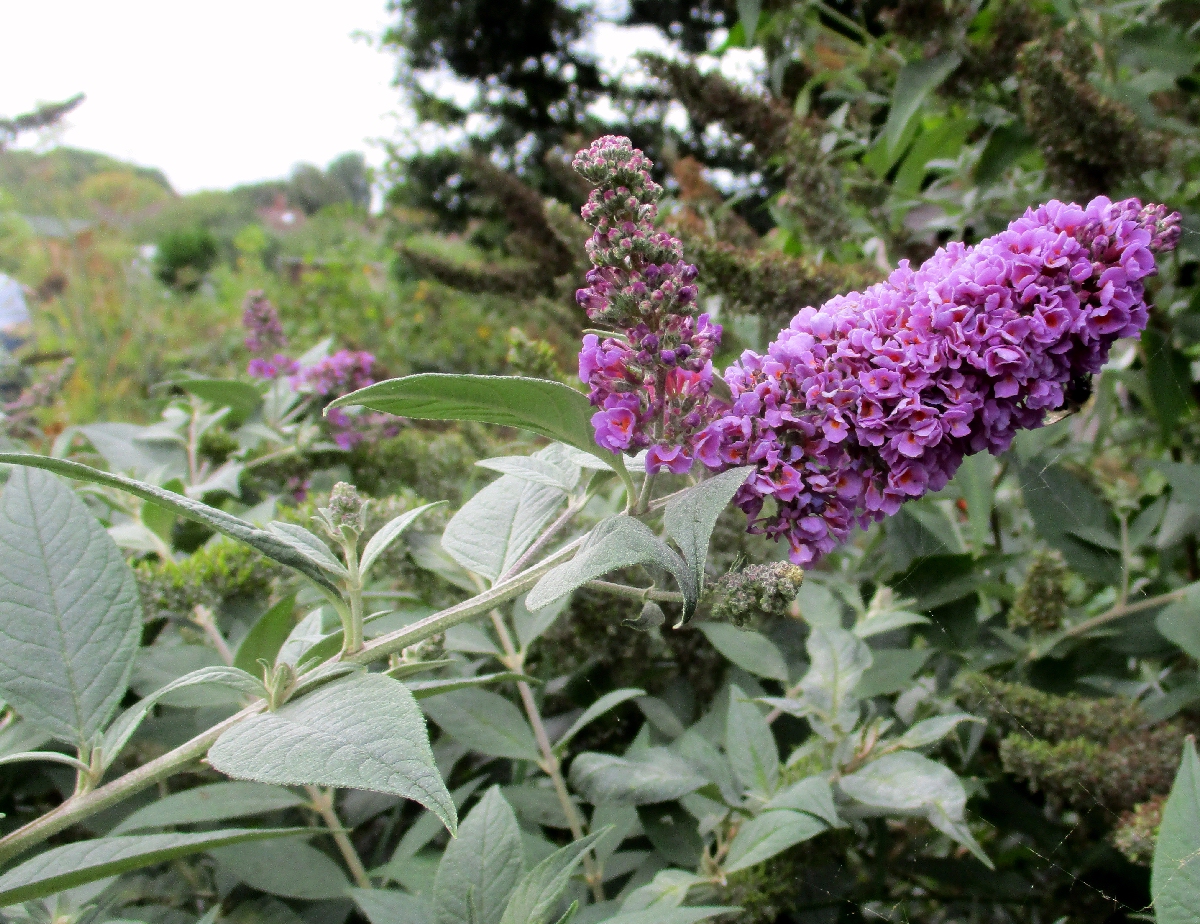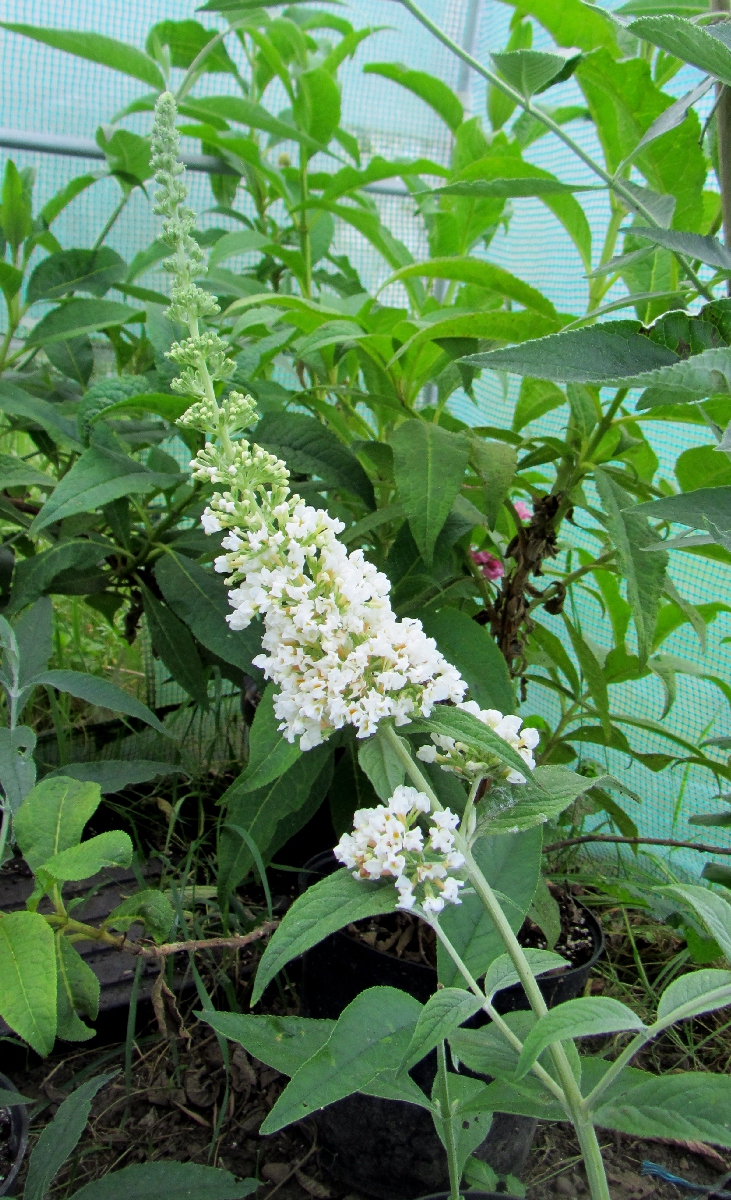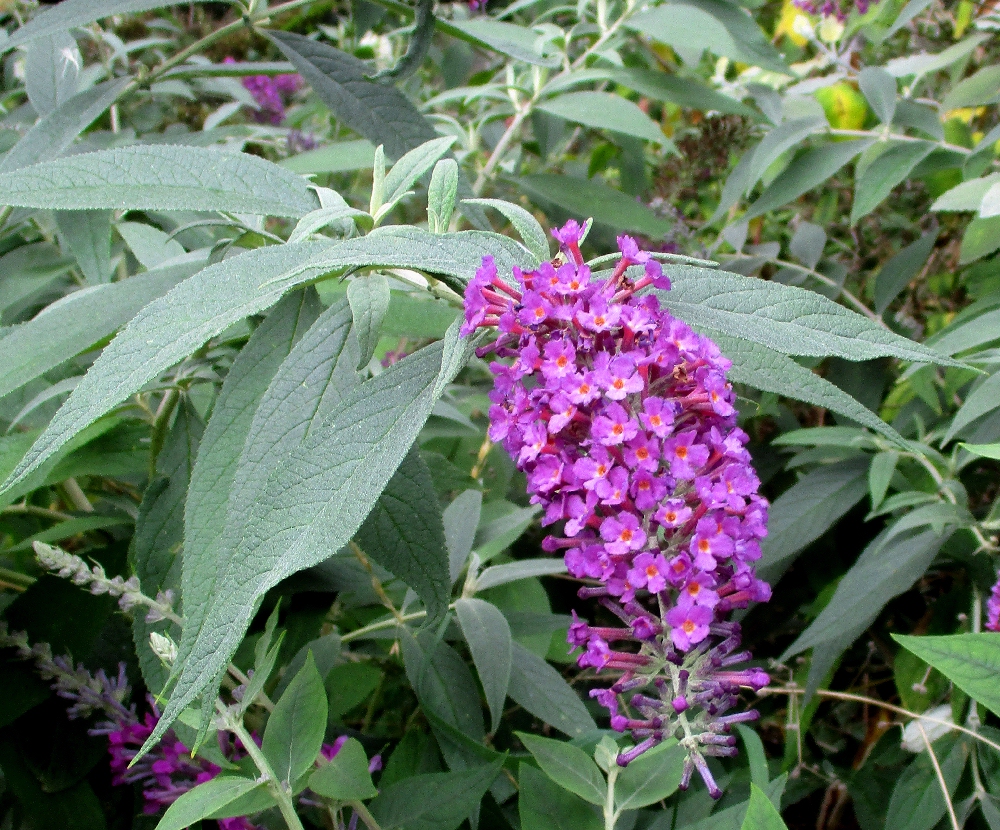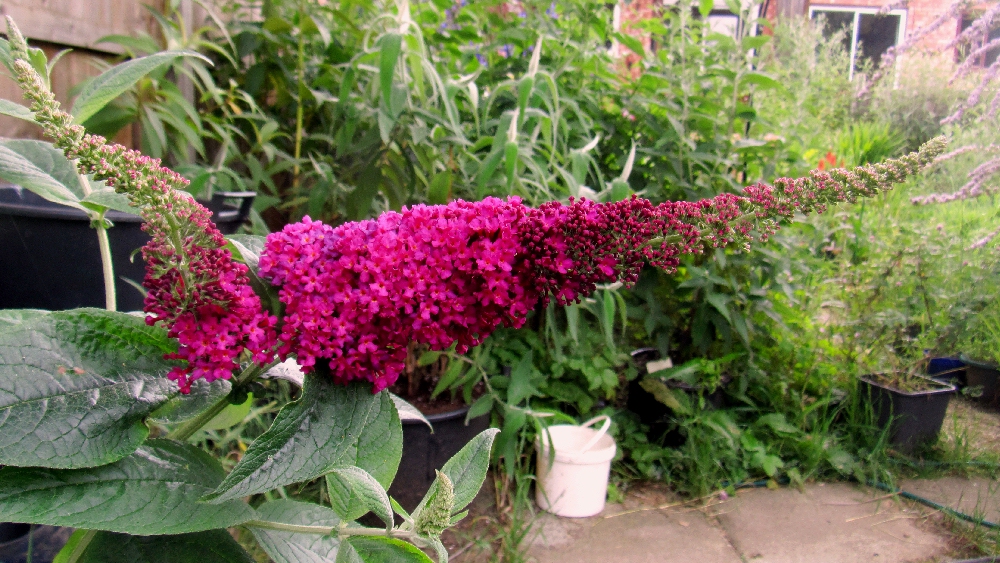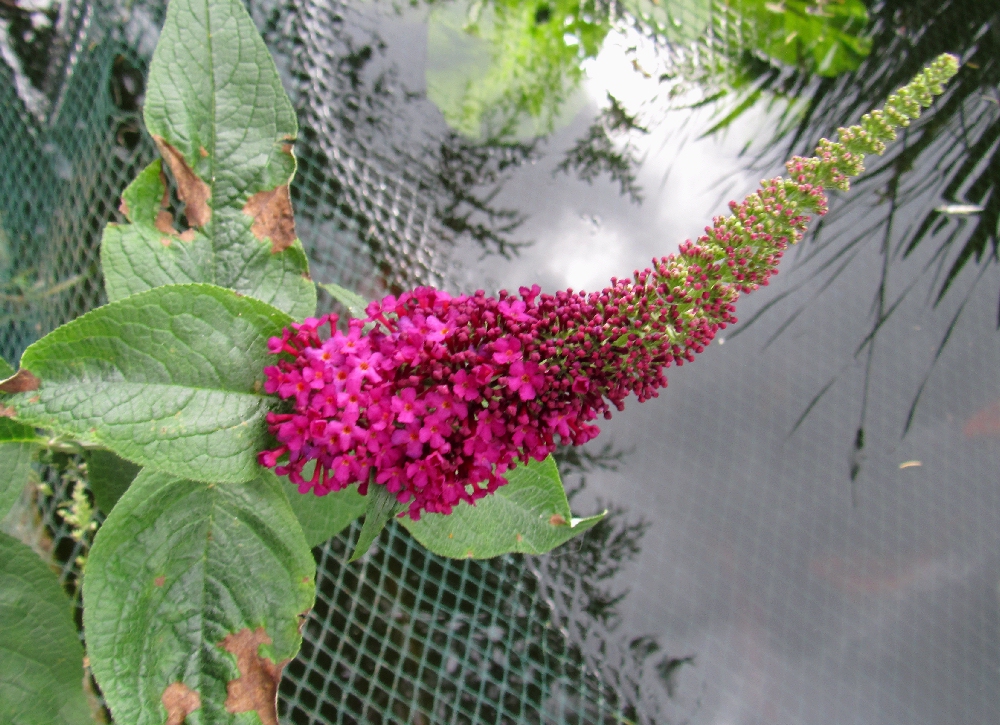Buddleja LO AND BEHOLD® Series
Sponsor
Kindly sponsored by
The John Spedan Lewis Foundation
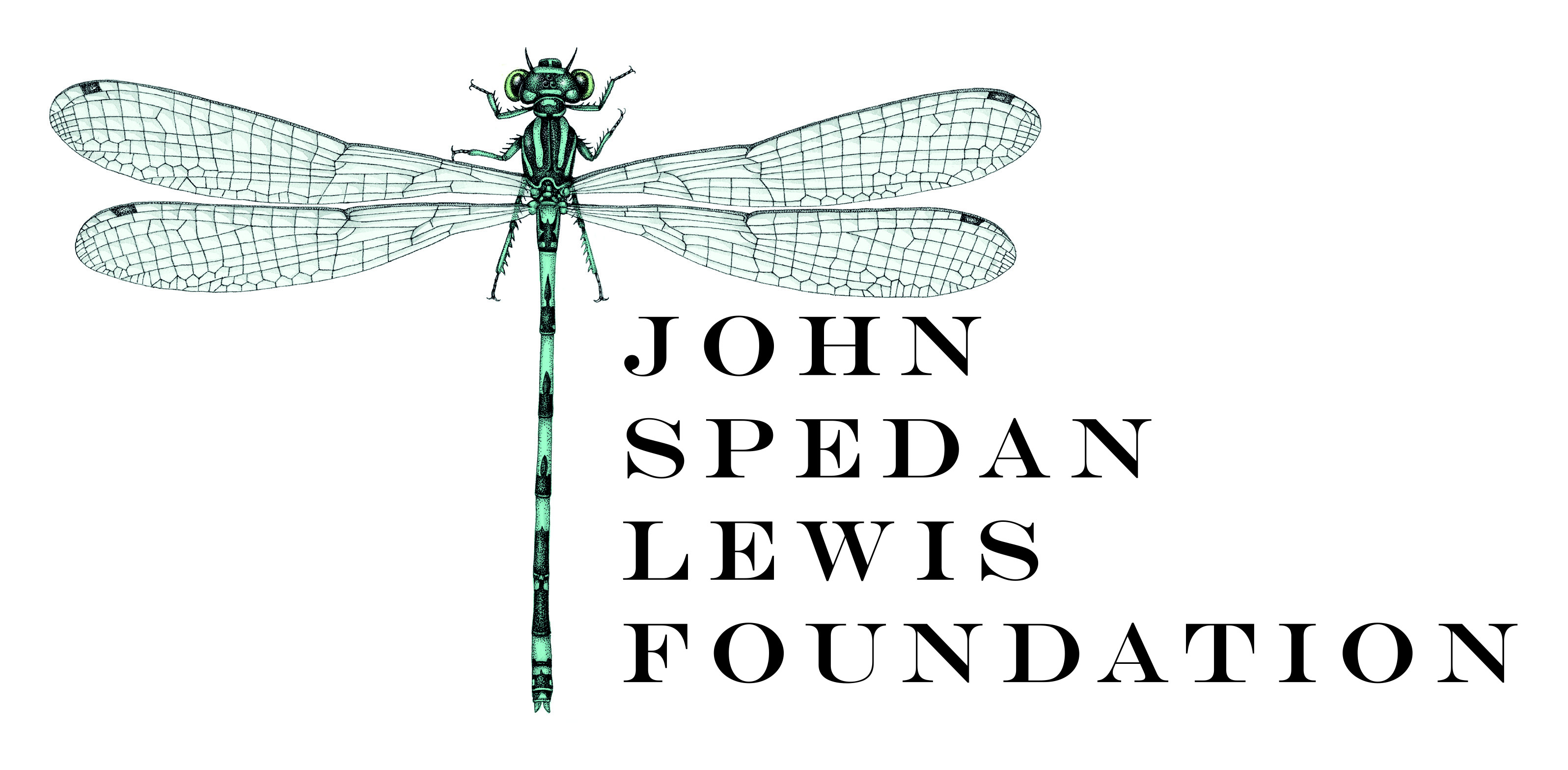
Credits
Andrew Large (2021)
Recommended citation
Large, A.T. (2021), 'Buddleja LO AND BEHOLD® Series' from the website Trees and Shrubs Online (treesandshrubsonline.
Genus
Infraspecifics
Other taxa in genus
- Buddleja albiflora
- Buddleja alternifolia
- Buddleja araucana
- Buddleja asiatica
- Buddleja auriculata
- Buddleja caryopteridifolia
- Buddleja colvilei
- Buddleja cordata
- Buddleja crispa
- Buddleja crispa × lindleyana
- Buddleja curviflora
- Buddleja davidii
- Buddleja delavayi
- Buddleja fallowiana
- Buddleja fallowiana × davidii
- Buddleja FLUTTERBY™ Series
- Buddleja forrestii
- Buddleja globosa
- Buddleja glomerata
- Buddleja japonica
- Buddleja lindleyana
- Buddleja longiflora
- Buddleja loricata
- Buddleja × luteolufaucia
- Buddleja macrostachya
- Buddleja marrubiifolia
- Buddleja megalocephala
- Buddleja 'Miss Ruby'
- Buddleja 'Morning Mist'
- Buddleja myriantha
- Buddleja New Dwarf Hybrids
- Buddleja nivea
- Buddleja officinalis
- Buddleja 'Orange Sceptre'
- Buddleja paniculata
- Buddleja × pikei
- Buddleja 'Pink Delight'
- Buddleja saligna
- Buddleja 'Salmon Spheres'
- Buddleja salviifolia
- Buddleja 'Silver Frost'
- Buddleja speciosissima
- Buddleja 'Summer Beauty'
- Buddleja virgata
- Buddleja × wardii
- Buddleja × weyeriana
- Buddleja × weyeriana Hybrids
- Buddleja 'Winter Sun'
A series of complex, interspecific hybrids bred for small size and selected for low seed-set.
USDA Hardiness Zone 6-9
RHS Hardiness Rating H4
This is a group of hybrids from a breeding programme led by Dr Dennis Werner (North Carolina State University). With the exception of ‘Miss Molly’ these plants are complex hybrids with contributions from B. davidii, B. lindleyana and B. globosa (via B. × weyeriana ‘Honeycomb’). ‘Miss Molly’ also has B. × weyeriana ‘Honeycomb’ in its ancestry, and while it is not formally in the LO AND BEHOLD® series, it is included here for convenience as it originates from the same breeding programme, has been used in the development of several LO AND BEHOLD® cultivars, and has been marketed in Europe as part of the CHIP series.
The first to be released to commerce was ‘Blue Chip’, in 2007. Selected in 2004 from field trials at Sandhills Research Station (NC, USA), it derived from an open-pollination of an unreleased cultivar NC2003–7, which is itself a hybrid resulting from an open-pollination of B. × weyeriana ‘Honeycomb’ × (B. davidii ‘Nanho Purple’ × B. lindleyana) (Werner & Snelling 2009).
Although hailed at the time as the ‘world’s first dwarf Buddleja’, once established ‘Blue Chip’ is potentially larger and more vigorous than the natural ‘Nanhoensis-type’ of B. davidii and the older Dutch cultivar ‘White Ball’ (pers.obs.). Subsequent releases deriving from ‘Blue Chip’, such as ‘Ice Chip’. ‘Blue Chip Jr’, ‘Lilac Chip’ and ‘Pink Micro Chip’, are however much smaller. From the same breeding programme came ‘Miss Molly’, a smaller and improved version of ‘Miss Ruby’ marketed in Europe under the name ‘Red Chip’.
Often selected for their sterility or low fertility, these plants are licensed for sale in some US jurisdictions where B. davidii is prohibited as an invasive (Oregon Department of Agriculture 2022). The LO AND BEHOLD® series is marketed in North America by Spring Meadows (Spring Meadow Nursery Inc. 2019–2020).
As relatively new cultivars, several have yet to be described in the horticultural literature in any detail; however, the US Plant Patents (PP numbers given below) provide detailed information on their form and their origins.
'Blue Chip'
‘Blue Chip’ was bred from an open-pollination of an unreleased cultivar (NC2003–7) which was itself a hybrid resulting from the open-pollination of B. × weyeriana ‘Honeycomb’ × (B. davidii ‘Nanho Purple’ × B. lindleyana) (Werner & Snelling 2009). It was released to market in 2007 and the patent (US PP019991) granted in 2009.
‘Blue Chip’ is initially a small plant, but once fully established will grow to 1.5 m in height and with a potentially larger spread. The leaves are small, densely arranged, and dark green-grey. The flowers are arranged in a small crowded panicle, and the petals do not open fully; the colour, advertised as blue, is purple-mauve and unremarkable. The plant has a reputation for brittle stems which suffer damage in exposed locations (pers. obs.).
Its fertility is low, but the plant may on occasion form some seed capsules, and subsequent releases in the LO AND BEHOLD® series often have ‘Blue Chip’ in their ancestry.
LO AND BEHOLD® 'Blue Chip Jr'
Synonyms / alternative names
LO AND BEHOLD® 'Blue Chip Junior'
‘Blue Chip Jr’ comes from a cross of ‘Blue Chip’ (seed parent) with a complex hybrid (NC2006–18; involving B. lindleyana, Buddleja ‘Miss Molly’, and Buddleja davidii ‘Ellen’s Blue’). It was raised in 2009, released to commerce in 2013, and the patent granted (US PP026581) in 2016.
Significantly smaller than the first ‘Blue Chip’, the plant reaches a height of only 45–50 cm. The leaves are small and silvery green. The flowers are an improvement in both form and colour, and are a truer blue that the parent. The branches are also less brittle and not so prone to wind damage as ‘Blue Chip’. The flowers are reported to be male and female sterile.
LO AND BEHOLD® 'Ice Chip'
Synonyms / alternative names
LO AND BEHOLD® 'White Chip'
‘Ice Chip’ was raised in 2006 from a cross of ‘Blue Chip’ with NC2002–12 (‘White Ball’ × ‘Nanho Purple’) and released in 2011. The US patent (PP024015) was granted in 2013.
‘Ice Chip’, renamed ‘White Chip’ for the European market, is an extremely dwarf plant, rarely exceeding 50 cm in height. The spread is much greater, making this plant appropriate for use as ground-cover – an unusual attribute for a Buddleja. The foliage is very full, but is deciduous; the plant dies back in winter and regenerates from near the ground in spring. The flowers, which appear from early summer, are white and the panicles long for the size of plant. The fertility, both male and female, is zero or very low (Werner & Snelling 2011). The petals are irregular and the flowers do not appear to be properly open. This plant requires an open aspect and does not perform well if crowded or overshadowed, or if exposed to excessive winter wet and wind (pers. obs.).
LO AND BEHOLD® 'Lilac Chip'
‘Lilac Chip’ was raised in 2006 from a cross of ‘Blue Chip’ and ‘Miss Molly’, and released in 2011. The patent (US PP024016) was granted in 2013. It has a dwarf and spreading habit, rarely exceeding 50 cm height and 80 cm spread. The leaves are densely set and full, grey-green in colour and elliptic in shape. The fragrant flowers, which appear continuously during the summer, are overall similar to ‘Blue Chip’ but are purple-pink to lilac in colour. It is deciduous and dies back in winter, so hard pruning is not essential. ‘Lilac Chip’ does not produce viable pollen and has an extremely low seed-set.
LO AND BEHOLD® 'Pink Micro Chip'
‘Pink Micro Chip’ derives from a 2009 cross of ‘Lilac Chip’ and ‘Miss Molly’. The plant was released in 2013 and the patent granted in 2016 (US PP026547). It has a very dwarf and compact habit, growing to a maximum height of 60 cm, with a similar spread. The fresh-green leaves are elliptic in shape. The flowers are bright pink and arranged in a pointed panicle, and long relative to the size of plant. The flowers lack anthers and are seed-sterile.
LO AND BEHOLD® 'Purple Haze'
Synonyms / alternative names
LO AND BEHOLD® 'Purple Chip'
‘Purple Haze’, marketed as ‘Purple Chip’ in Europe, is a seedling of ‘Miss Ruby’ pollinated by the hybrid NC 2003–4 (a multi-species hybrid with a similar pedigree to NC 2003–7 described above). ‘Purple Haze’ was selected in 2007, released in 2010 and its patented awarded in 2014. (US PP024514).
This hybrid is reported to have a lax, low, mound-forming habit (Werner & Snelling 2011). However, this does not appear to be replicable in all environments: the current author’s mature specimen is a relatively upright shrub 2 m in height with a relatively small spread, even following hard pruning (pers obs.). The foliage is deciduous and grey-green. The dull mauve-purple flowers have long, thin corolla tubes and are arranged in arching panicles, traits inherited from its B. lindleyana ancestry. Flowering is generally later in the UK than equivalent B. davidii cultivars, in the early autumn if the plant has been spring-pruned; the plant appears to be seed-sterile as no seed-capsules have been observed. (Pers. obs.)
'Miss Molly'
Synonyms / alternative names
'Red Chip'
Also sold in Europe as ‘Red Chip’, this is a seedling of ‘Miss Ruby’ (B. davidii ‘White Ball’ × Buddleja ‘Attraction’) backcrossed to ‘Attraction’, and hence has some contribution to its DNA from B. globosa. Raised in 2005, it was released in 2010 and awarded a patent in 2013 (US PP023425). This cultivar is not currently included in the LO AND BEHOLD® range in the USA, but is marketed as a CHIP in Europe.
‘Miss Molly’ is a small upright shrub, not usually exceeding 1.5 m in height with a smaller spread. The leaves are dark green and rounded. The inflorescences are long (up to 30 cm) and deep magenta to red-purple in colour – the closest to a true red of any garden cultivar. The yellow eye is small compared to ‘Miss Ruby’ and this contributes to the corolla appearing a more intense shade (Werner & Snelling 2011).
Despite being an improvement in both form and flower-colour over ‘Miss Ruby’, ‘Miss Molly’ has not proven as successful as one might expect. In Europe, plants developed distorted foliage with brown patches during production, making the plants unfit for sale; no pathogen could be identified and it is believed to be a problem inherent in the cultivar (Bransford-Webbs, pers. comm.). The flowers also have a tendency to become more mauve as they fade, reducing the impact of an otherwise striking colour (pers. obs.).
'SMNBDD'
Synonyms / alternative names
LO AND BEHOLD® RUBY CHIP
Added recently to the LO AND BEHOLD® range (Spring Meadow Nursery Inc. 2019–2020), ‘Ruby Chip’ was developed by Megan Mathey at Spring Haven Nurseries (Grand Haven, MI, USA) from ‘Lilac Chip’ backcrossed to ‘Miss Molly’, thus far the only one of the series not bred by Dennis Werner. ‘Ruby Chip’ is small plant, slightly larger than ‘Pink Micro Chip’ and with flowers of a similar colour to ‘Miss Molly’ (US PP032399). It has not (as of 2021) been introduced into Europe.


